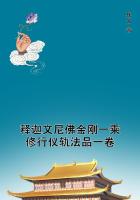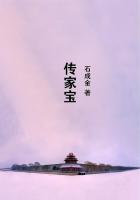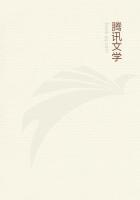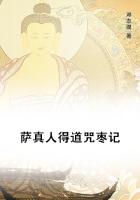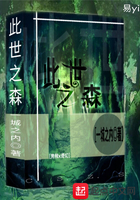Certain of the great roads going north out of London continue far into the country a sort of attenuated and interrupted spectre of a street, with great gaps in the building, but preserving the line.
Here will be a group of shops, followed by a fenced field or paddock, and then a famous public-house, and then perhaps a market garden or a nursery garden, and then one large private house, and then another field and another inn, and so on. If anyone walks along one of these roads he will pass a house which will probably catch his eye, though he may not be able to explain its attraction.
It is a long, low house, running parallel with the road, painted mostly white and pale green, with a veranda and sun-blinds, and porches capped with those quaint sort of cupolas like wooden umbrellas that one sees in some old-fashioned houses. In fact, it is an old-fashioned house, very English and very suburban in the good old wealthy Clapham sense. And yet the house has a look of having been built chiefly for the hot weather. Looking at its white paint and sun-blinds one thinks vaguely of pugarees and even of palm trees. I cannot trace the feeling to its root; perhaps the place was built by an Anglo-Indian.
Anyone passing this house, I say, would be namelessly fascinated by it; would feel that it was a place about which some story was to be told. And he would have been right, as you shall shortly hear. For this is the story--the story of the strange things that did really happen in it in the Whitsuntide of the year 18--:
Anyone passing the house on the Thursday before WhitSunday at about half-past four p.m. would have seen the front door open, and Father Brown, of the small church of St. Mungo, come out smoking a large pipe in company with a very tall French friend of his called Flambeau, who was smoking a very small cigarette. These persons may or may not be of interest to the reader, but the truth is that they were not the only interesting things that were displayed when the front door of the white-and-green house was opened. There are further peculiarities about this house, which must be described to start with, not only that the reader may understand this tragic tale, but also that he may realise what it was that the opening of the door revealed.
The whole house was built upon the plan of a T, but a T with a very long cross piece and a very short tail piece. The long cross piece was the frontage that ran along in face of the street, with the front door in the middle; it was two stories high, and contained nearly all the important rooms. The short tail piece, which ran out at the back immediately opposite the front door, was one story high, and consisted only of two long rooms, the one leading into the other. The first of these two rooms was the study in which the celebrated Mr. Quinton wrote his wild Oriental poems and romances. The farther room was a glass conservatory full of tropical blossoms of quite unique and almost monstrous beauty, and on such afternoons as these glowing with gorgeous sunlight. Thus when the hall door was open, many a passer-by literally stopped to stare and gasp; for he looked down a perspective of rich apartments to something really like a transformation scene in a fairy play: purple clouds and golden suns and crimson stars that were at once scorchingly vivid and yet transparent and far away.
Leonard Quinton, the poet, had himself most carefully arranged this effect; and it is doubtful whether he so perfectly expressed his personality in any of his poems. For he was a man who drank and bathed in colours, who indulged his lust for colour somewhat to the neglect of form--even of good form. This it was that had turned his genius so wholly to eastern art and imagery; to those bewildering carpets or blinding embroideries in which all the colours seem fallen into a fortunate chaos, having nothing to typify or to teach. He had attempted, not perhaps with complete artistic success, but with acknowledged imagination and invention, to compose epics and love stories reflecting the riot of violent and even cruel colour; tales of tropical heavens of burning gold or blood-red copper; of eastern heroes who rode with twelve-turbaned mitres upon elephants painted purple or peacock green; of gigantic jewels that a hundred negroes could not carry, but which burned with ancient and strange-hued fires.
In short (to put the matter from the more common point of view), he dealt much in eastern heavens, rather worse than most western hells; in eastern monarchs, whom we might possibly call maniacs; and in eastern jewels which a Bond Street jeweller (if the hundred staggering negroes brought them into his shop) might possibly not regard as genuine. Quinton was a genius, if a morbid one; and even his morbidity appeared more in his life than in his work. In temperament he was weak and waspish, and his health had suffered heavily from oriental experiments with opium. His wife --a handsome, hard-working, and, indeed, over-worked woman objected to the opium, but objected much more to a live Indian hermit in white and yellow robes, whom her husband insisted on entertaining for months together, a Virgil to guide his spirit through the heavens and the hells of the east.

